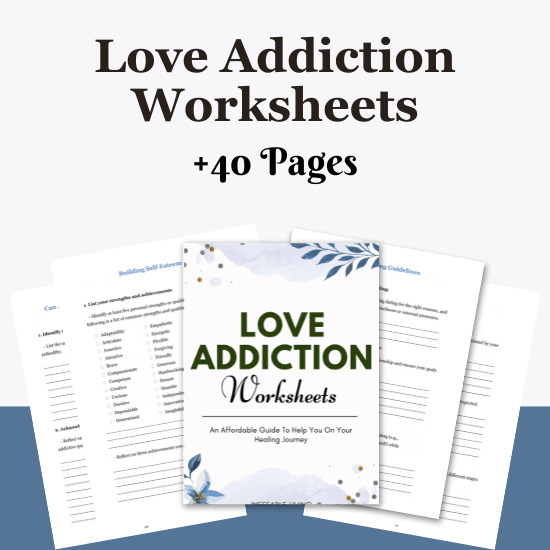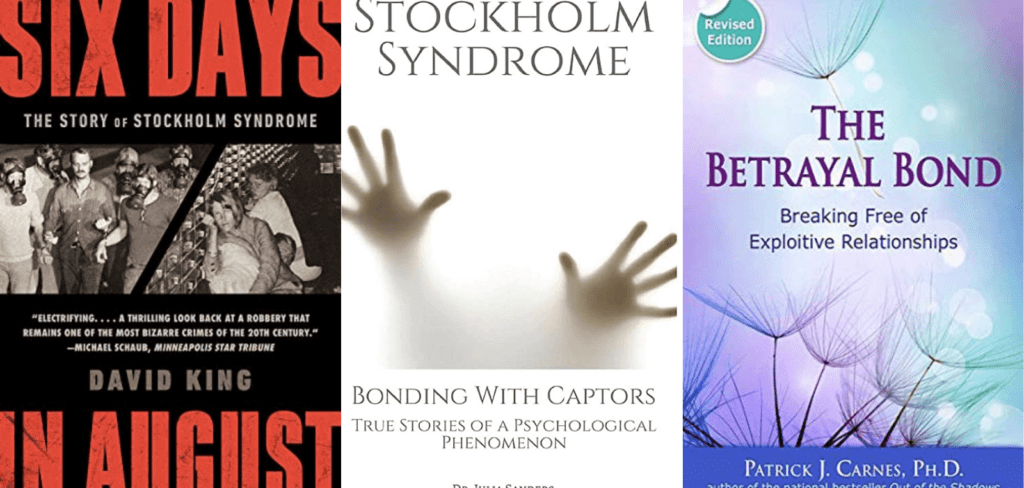Have you ever met someone and found yourself daydreaming about them, creating elaborate scenarios in your mind?
Sometimes, we get so caught up in these fantasies that we lose touch with reality.
This isn’t just harmless daydreaming—it can be a sign that you’re in a fantasy bond rather than a genuine, loving relationship.
In this blog post, we’ll explore what a fantasy bond is, how it differs from true love, and the nine signs that you might be caught in one.
What is a Fantasy Bond?
A fantasy bond is an illusion of connection and closeness in a relationship, rather than a real, authentic connection.
It involves living in a daydream where the relationship is perfect and everything is ideal, but this isn’t based on the actual dynamics of the relationship.
Instead, it’s a way to avoid the messiness and vulnerability that comes with real intimacy.
Why Do People Form Fantasy Bonds?
People often form fantasy bonds because it feels safer than dealing with the complexities of a real relationship.
If expressing emotions was discouraged or met with negative reactions in the past, one might retreat into a fantasy world where everything feels controlled and perfect.
Understanding this helps us recognize the signs and work towards healthier, more authentic connections.
1. Falling in Love with Potential, Not the Person
Do you find yourself more attracted to who someone could be rather than who they are?
Idealizing your partner and projecting fantasies onto them is a common sign of a fantasy bond.
True love involves accepting your partner as they are, flaws and all, rather than trying to mold them into an idealized version.
2. Ignoring Red Flags
Are you overlooking significant red flags because you’re so focused on the idea of a perfect match?
In a fantasy bond, you might make excuses for your partner’s behavior and ignore clear signs that something isn’t right.
Related: Best 5 Stockholm Syndrome & Trauma Bonding Books
3. Using the Relationship to Escape Reality
Do you turn to your partner to distract you from your problems?
While seeking comfort in a relationship is natural, using it as an escape from reality is a sign of a fantasy bond.
This prevents you from addressing your issues head-on.
4. Avoiding Conflict
Conflict is a natural part of any relationship, but if you avoid it at all costs, it might be because you’re maintaining a fantasy of a perfect romance.
Healthy relationships thrive on honest communication and resolving conflicts together.
5. Lack of Emotional Intimacy
When was the last time you had a deep, heartfelt conversation with your partner?
Fantasy bonds often lack emotional intimacy, relying instead on infatuation and physical attraction.
This results in superficial interactions rather than meaningful connections.
Related: Top 10 Signs Of Trauma Bonding & How To Heal A Trauma Bond
6. No Sacrifice or Compromise
Are you unwilling to make sacrifices or compromises for your relationship?
Genuine love requires both parties to make sacrifices for each other.
In a fantasy bond, there is often a lack of willingness to do this.
7. Losing Yourself in Love
Have you lost your sense of independence since entering the relationship?
It’s easy to get swept up in the fantasy of being together, but losing your own identity is a sign that something is amiss.
8. A Superficial Relationship
Do you feel like your connection is only skin deep?
Relationships based on superficial qualities like looks or status often lack deeper emotional bonds.
This leaves you longing for a connection that goes beyond the surface.
Related: 7 Stages Of Trauma Bonding (+FREE Worksheets)
9. Feeling an Empty Happiness
Does your relationship look happy on the outside but feel empty on the inside?
In a fantasy bond, there might be smiles and laughter, but deep down, there’s a sense of emptiness because the connection isn’t genuine.
Moving Beyond Fantasy Bonds
Fantasy bonds provide a false sense of security, keeping us from experiencing the vulnerability and authenticity required for true intimacy.
1. Self-Reflection
Spend time reflecting on your partner’s actual traits versus the potential you see in them.
Write down a list of their real qualities and compare it to your idealized image.
2. Accountability Partner
Share your concerns with a trusted friend or therapist who can provide an objective perspective and help you see the red flags.
3. Face Your Problems
Commit to addressing one personal challenge directly each week, without using your relationship as a crutch.
4. Open Communication
Practice having small, honest conversations about your feelings to build up to addressing bigger issues.
Related: Top 10 Trauma Bond Withdrawal Symptoms (+7 Tips on How to Relieve them)
5. Deep Conversations
Set aside time each week for deep conversations with your partner, where you both share your thoughts and feelings.
6. Reclaim Hobbies
Revisit hobbies and activities that you enjoyed before the relationship and make time for them regularly.
7. Build Depth
Engage in activities that promote deeper connection, such as volunteering together or having meaningful discussions about your values and goals.
8. Honesty Check
Regularly check in with yourself about your true feelings regarding the relationship and discuss these feelings with your partner.
Related: How to Recover From Codependency And Savior Complex?




